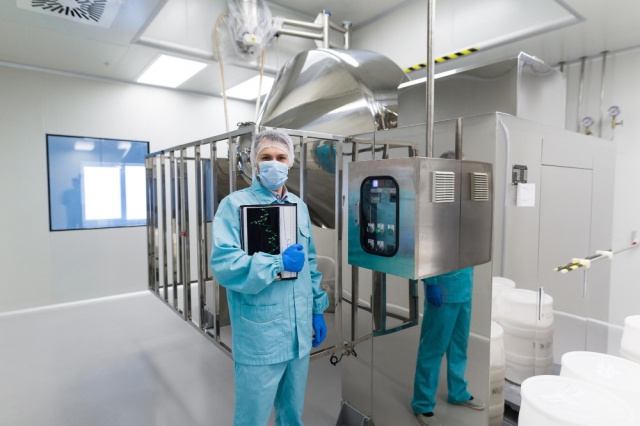When was the last time you considered that just a single small error in an aseptic environment could affect the potential for a much bigger mistake? Safety also encompasses the patient, trust, efficiency, and outcomes in the operating room (OR). Besides patient safety, the other tools must also be operational, and the team and system must be able to provide a trusted and reliable environment. This level of awareness starts with systems and protocols, and rises to accountability. Safety procedures in and around medical instruments deserve to be approached and practiced every day.
Handling and Positioning of Surgical Microscopes
A surgical microscope should be positioned so as not to interfere with access, movement, or visual acuity. It's not merely about placement; it's about foreseeing the needs of the entire surgical team. Don't overcrowd the primary workspace, and lock the base into place. When repositioning the unit, always lock the arms in place between re-adjustments to prevent sudden movement. Cables must be kept off the ground or secured as applicable to prevent tripping or disconnection. These small measures make the environment safer without hindering the procedure.
Routine Inspections Are Necessary
Inspect structure: Investigate loose screws, worn connectors, or broken parts.
Inspect function: Activate tools and confirm that all of the control functions are reacting as expected.
Examine lenses and monitors: Clean and inspect them for alignment and proper operation.
Check calibration: Compare settings to manufacturer specifications for every procedure.
Record findings: Keep a log of daily inspections with staff initials for accountability.
These measures, as uncomplicated as they are, avoid unnecessary accidents and promote a culture of accountability.
Clear Labeling and Storage Policies
Label all surgical items utilized with color codes or barcodes, depending on the policies of the hospital. Secure fragile tools in padded trays or drawers, out of areas where high traffic is present. After each procedure, have a member of the team sanitize, check, and record each item prior to being put back in storage. This enhances monitoring and prevents anything from being reused without cleaning or inspection.
Real-Time Communication among Staff Members
Effective procedures are dependent on quick, concise messages between surgeons, nurses, and support technicians. Utilize headset systems or specific gestures to prevent shouting across the room. Technical personnel must be pre-briefed regarding tool ordering, preference, and alternative measures. As for use, any problem with equipment must be brought forth immediately, no matter how insignificant it may appear. The slightest flicker of a light or a slippery hold may be a sign of a larger malfunction. Ongoing updates amongst personnel minimize miscues and enhance team productivity.
Training Updates for Each New Tool or Feature
No matter how advanced the hardware is, it cannot work well unless the staff is well-trained about how to use it. Training needs to be conducted at the time of onboarding and also when equipment gets upgraded or replaced. Teams must schedule simulation and practical demonstrations to become familiar with the equipment. By role-playing impending concerns such as a power failure or part failure, you can ensure that everyone has a vested interest in how to respond (without panic). This progressive form of training is an excellent way to reduce risk and encourage ideal behaviours.
Safety in the OR is all about habit, detail, and teamwork. Everything from checking a surgical microscope to reviewing protocol information for every instrument, the calm, unobtrusive habits happening behind the curtain are how they save lives. By emphasizing small habits and giving defined roles, your team will create an environment for patient outcomes to thrive and the staff's confidence to flourish.






